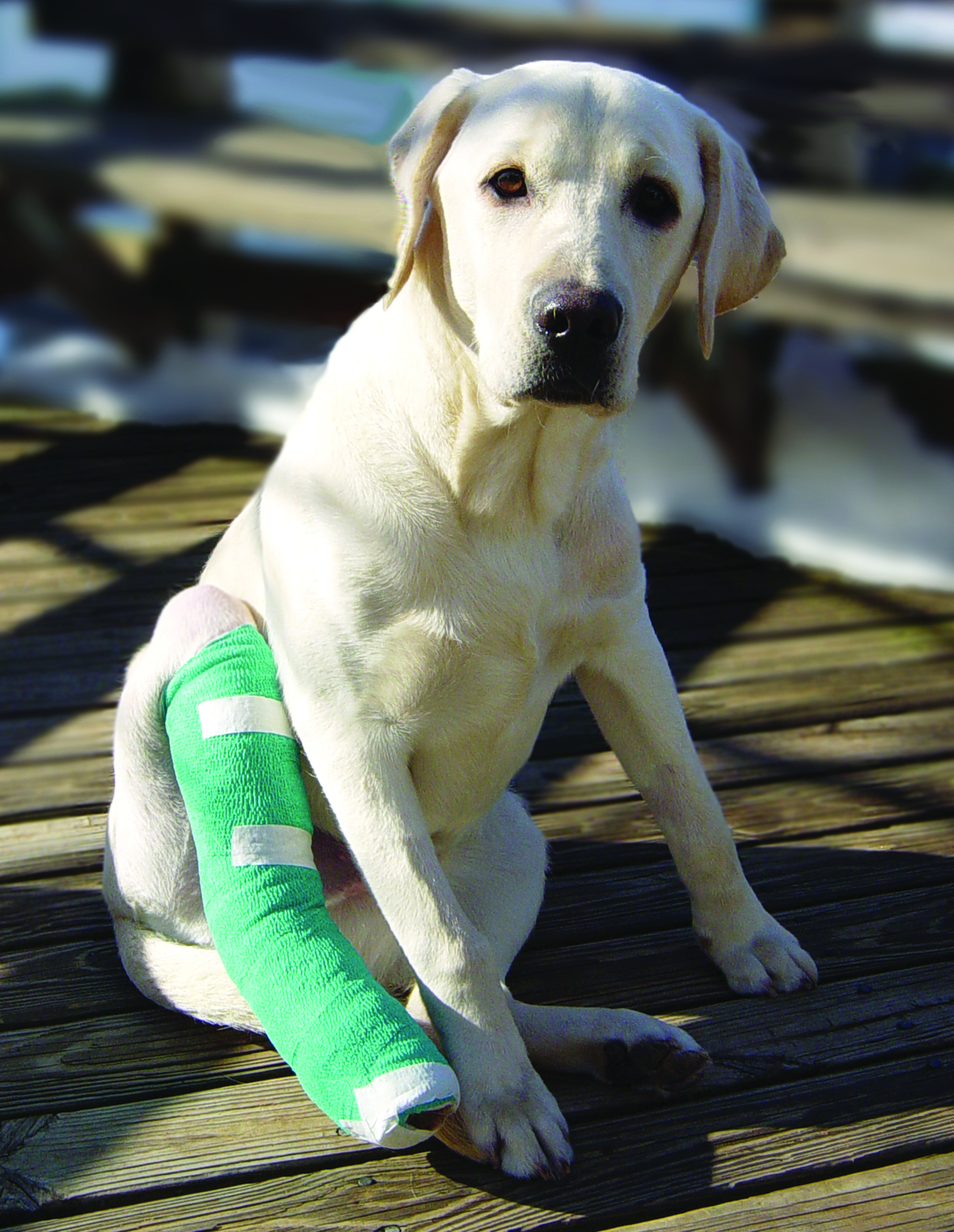

Canine Crises

Columns
Art Braunschweiger
 “Our dog is choking.” For most of us, a Chief Complaint like that would stop us right in our tracks. But emergencies do happen to canine companions. Dogs are naturally curious and playful and can get into all sorts of trouble—and traffic.
“Our dog is choking.” For most of us, a Chief Complaint like that would stop us right in our tracks. But emergencies do happen to canine companions. Dogs are naturally curious and playful and can get into all sorts of trouble—and traffic.
One of my earliest 911 calls was from a 14-year-old boy whose German shepherd had just been hit by a car. Mom and dad weren’t home, and there were no adult neighbors around to take the dog to a vet. The police wouldn’t transport and neither would local EMS. I had to get back on the phone and tell him that there was nothing we could do. It’s the only call in my career from which I can remember the caller’s response verbatim: With his voice quivering, he said, “So my dog is just gonna die?”
Dispatchers are resource experts. We all have phone numbers for animal control, various utilities, public works, and myriad other secondary responders, offices, and agencies. Need the number for Parks and Recreation? No problem, ma’am, I have the number when you’re ready. For any problem involving people, I’ll bet you know who to call. What about canine (or feline) emergencies, though—do you have those numbers in your database? If not, you should.
Taking the time to survey the local animal hospitals in your area is a good proactive move. What are their hours? Do they handle emergencies? Some specifically exist as walk-in emergency facilities when regular veterinary offices are closed. Is there one within driving distance of the area you cover, even if it’s not in your coverage area? Do you have driving directions for someone who might need to go there from a distance? Providing transport if the caller has none is likely to be problematic, but at least explore the options. Would your local animal control officer be willing? You won’t know unless you ask.
A resource every comm. center should have is the number for the ASPCA Animal Poison Control Center: 888-426-4435. It’s staffed 24 hours a day, 365 days a year. A simple referral to that number can save an animal’s life.

A choking dog is a call that requires immediate intervention. Would your local veterinarians accept transfer of a phone call for such an event? An emergency animal hospital certainly would. You need to have those numbers in your database to avoid the delay of an internet search. But could you handle that call yourself if it comes to it? A dispatcher I work with did once, years ago, and to his chagrin is still famous for a fully-obstructed airway save on an unconscious Chihuahua.
There are many internet sites that have step-by-step instructions for choking dogs and even canine CPR. Having those links at your fingertips just makes good sense. Some might balk at the idea of providing instructions of this sort for a dog—something that’s not normally part of telecommunicator training[i]—but consider the alternative when you have a frantic caller whose dog isn’t breathing. For many, the instinctive reaction will be to call 911, and we need to be prepared. Doing something is almost always better than doing nothing, and it’s good customer service.
We can’t save everyone or everything, and deep down our callers know that. What matters is that we try. Make sure you’re ready for the call you’ve never had yet. Get the ball rolling for the animals in your coverage area, and put together a resource list to help them.
[1] Classes in canine CPR and canine obstructed airway techniques are available through many pet-oriented organizations. Dispatchers should check with their supervisors before providing any such instructions to make sure that doing so does not violate agency policy.







